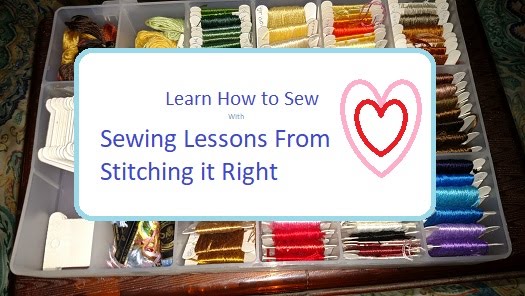Purse Sewing Projects for Beginners
To find a beginner level purse to sew, you can buy a kit, a pattern, or if you feel adventurous you can draft your own basic purse pattern.Keep in mind, that the simpler the design is, the easier it will be to make the purse - for example, unlined is easier than lined, a divided bag is harder to make than a bag with one large compartment, each pocket the purse has is extra work, and the type of closure the bag features also adds work.
Purse Making Kits
In some kits, the pieces will be cut out ahead of time for you, and in other kits you will get the raw materials and a pattern.
Purse Patterns
With a pattern, you often get a basic style purse and pattern pieces to add some extras and embellishment, plus you can mix up the fabric choices and make numerous bag looks from one pattern.
Self-Drafted Purses
Even a beginning sewist can take a plain, worn out purse, tear it apart, and use the pieces as a pattern to cut out and sew a new bag - just make sure the style is basic, without lining or a lot of embellishment if you are just learning to sew or if you are unsure of your sewing skills.Sewing bags and purses is a fun way to explore sewing and to express your personality and creativity.





